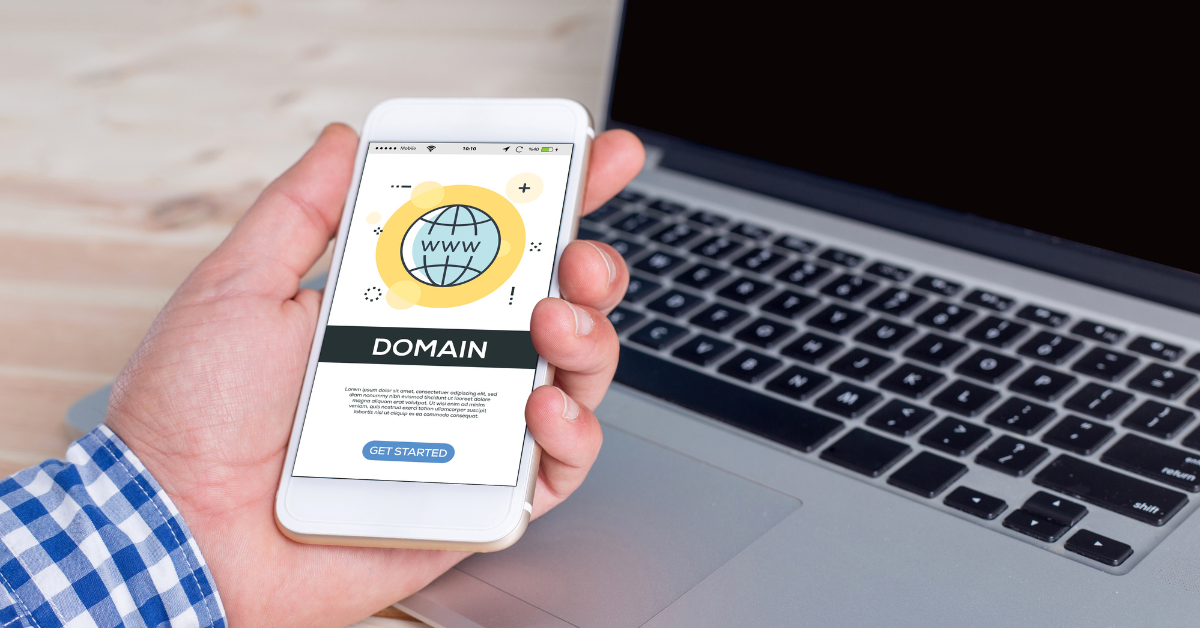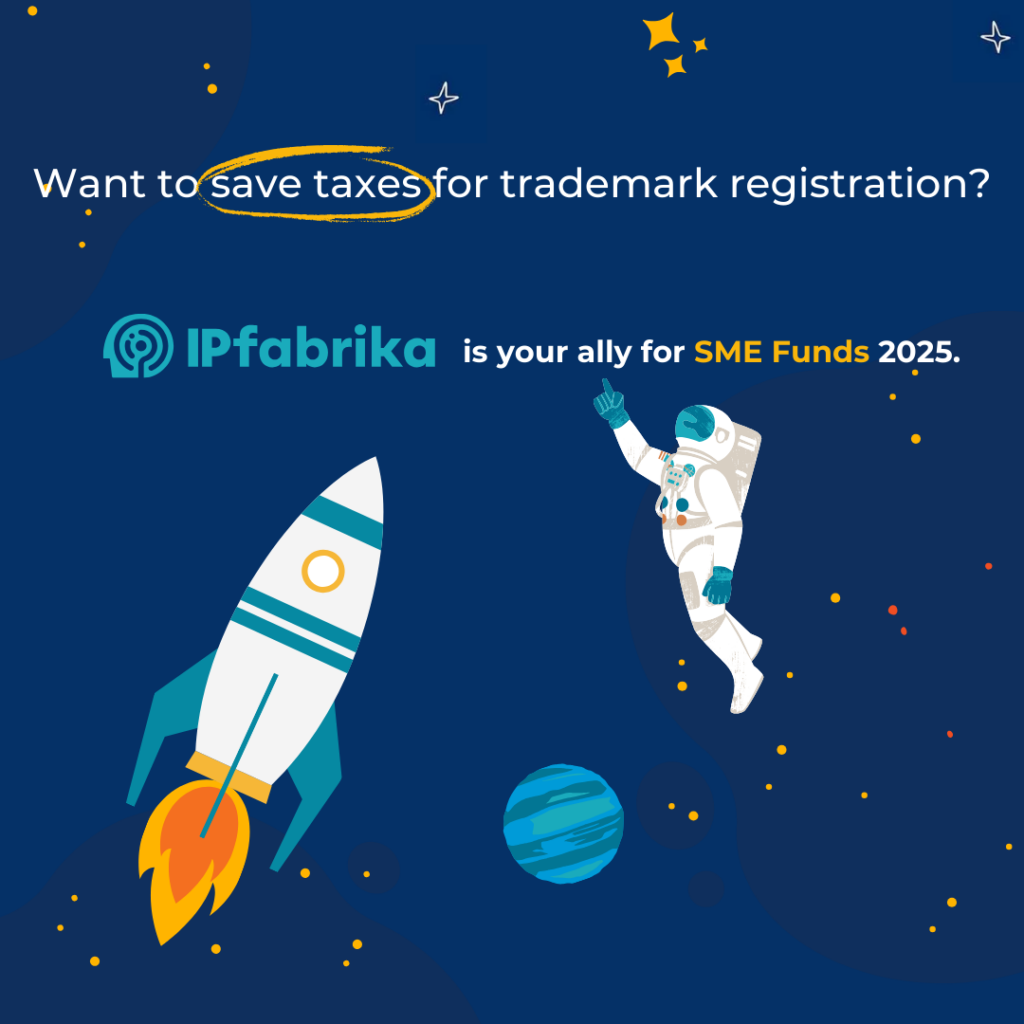Trademark infringements such as copying, imitation, and parallel import of goods are widespread. The dynamic development of online relations and the digitalization of goods and services have led to the emergence of a new type of violation – so-called cybersquatting or typosquatting (a direct Bulgarian translation such as “киберспекулация” could cause confusion).
What is cybersquatting?
In its Strategic Plan 2030, the EU Intellectual Property Office (EUIPO) has intensified its efforts to tackle cyber infringements, recognizing as such the use of a registered trademark or a name that has acquired distinctiveness within a domain unrelated to the activities of the mark/name holder.
A recent decision by the Uniform Domain-Name Dispute-Resolution Policy (UDRP) panel of the Czech Arbitration Court imposed an important ruling in favor of the EUIPO for the cancellation of the domain name “euipp.com” due to its similarity to euipo.com.
This case is a classic example of typosquatting, where bad-faith actors take advantage of common typing errors — in this case, replacing the letter “O” with the neighboring letter “P” on a QWERTY keyboard in the domain name. In most cases, this is done by fraudsters aiming to extort victims into buying the domain. The violators intend to mislead and redirect users, attempting to exploit the good reputation and authority of companies and brands (in this case, the EUIPO), by luring internet users to services that appear affiliated with them.
In its decision, the expert panel of the Czech Arbitration Court recognized the longstanding reputation of the EUIPO and the broad recognition of the “EUIPO” trademark, which is a registered EU trademark (EUTM). This is the first case in which the Office has successfully invoked its registered EU trademark in a domain name dispute. The decision demonstrates how intellectual property rights deliver tangible enforcement benefits in holding fraudsters accountable for misleading users.
The ruling also emphasizes the strategic importance of linking IP rights — such as trademarks — with related rights, such as domain names, as a tool for growth and sustainable development.
Although this type of infringement is not explicitly regulated at the national level, there are ways to seek protection. Projections indicate that cases like the one discussed in this article will become more frequent. Therefore, we recommend not only reactive protection after an IP violation has occurred but also preventive measures — including monitoring and best practices for regular brand care.
If you need advice on how to best protect your intellectual property, feel free to contact our team.
Photo: Canva





